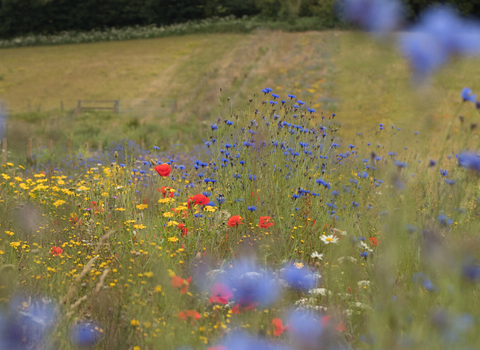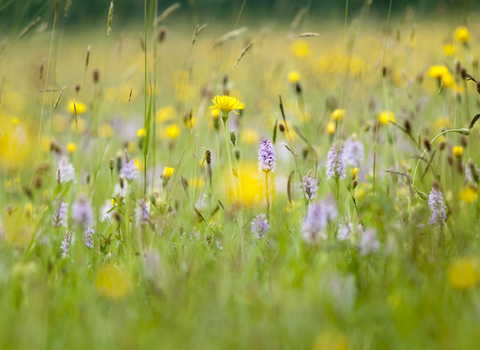Farming and wildlife
Over 70% of the UK’s land is farmed in some way – so how this land is managed has a big impact on wildlife. Agriculture policy therefore shapes our countryside. For decades this has often been at the expense of wildlife and natural habitats, and The Wildlife Trusts are working with farmers and government to change this. The recovery of wildlife in the UK depends on a farming policy which enables farmers to create and restore a thriving natural environment alongside domestic food production.
It's now or never
A thriving natural environment is fundamental to the security of the economy and wellbeing of society, but it is under strain: pollinators and natural habitats are in decline; carbon is escaping from our exhausted soils and rather than holding water, our soils are washing into our rivers and flowing out to sea.
Our wildlife has suffered with a 56% decline in biodiversity, with many species at risk of extinction.
The UK’s decision to leave the European Union presents a once in a lifetime opportunity to make Wales a truely sustainable nation. We must use this unique moment to fix the problems we have created. We should invest in the restoration of our land and wildlife so that it can continue to provide us with all the things we need: sustainable and nutritious food, wildlife habitats, flood and drought management, clean water and air, carbon storage and places for us to enjoy

James Adler
How can we achieve this?
We need to put the health of our environment at the heart of our future sustainable land management policy. This means changing the current system and designing a new farming and land management scheme that is based on environmental outcomes and public goods.
How much public investment is needed?
To help our wildlife and environment recover we need to invest in our land and countryside, at a higher level than we currently are. Just to stay still and meet current domestic and international environmental commitments Wales would need to invest £204 million annually in its farmed environment. It is an upfront investment in our life support system, the underpinning of our society and economy, and compares to and enhances Welsh Government budgets for health and for education.
Farmers need to be rewarded for delivering benefits they can’t sell but that society needs.
Eight great benefits
Following the principles, a new approach to sustainable land management should deliver great benefits for our economy, society, culture, and the environment.
Read more
Here is a link to our report 'A Future for our Land'









